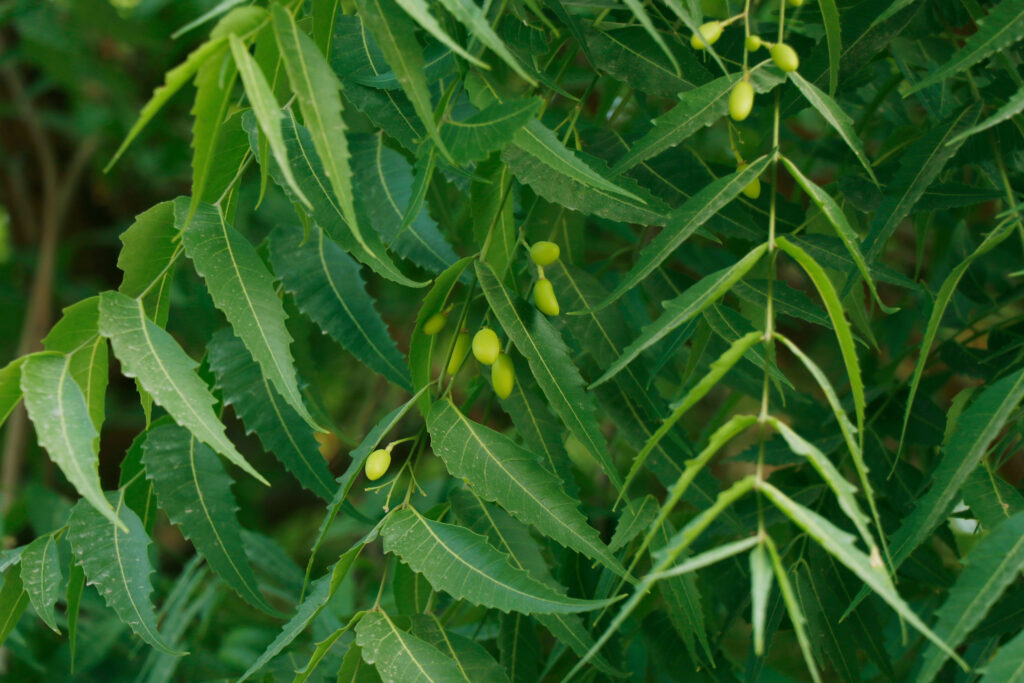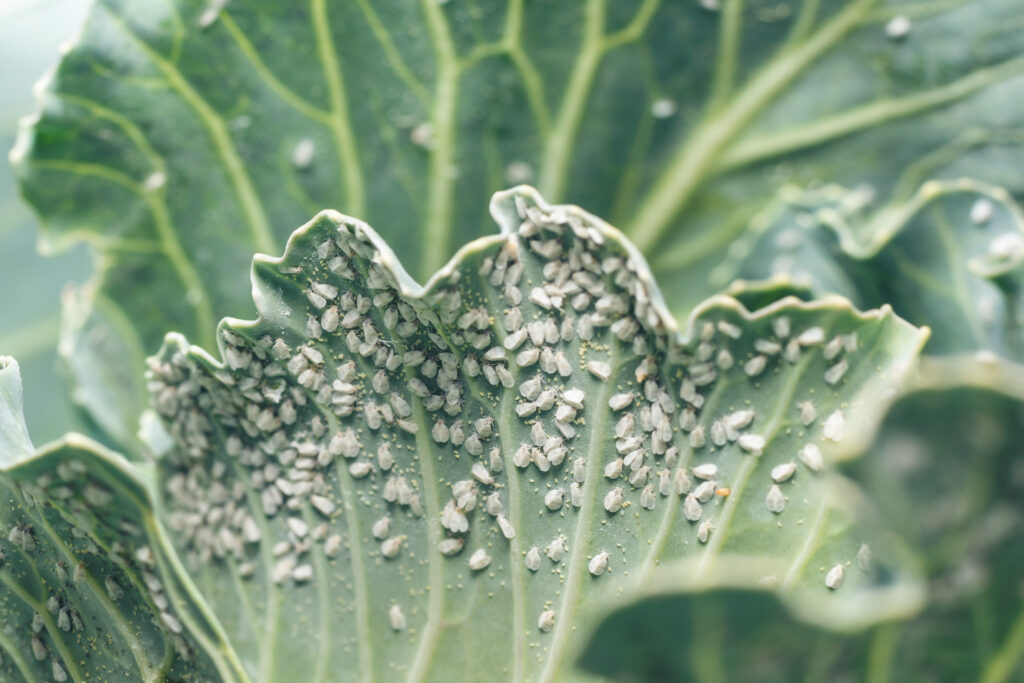characteristics
OLIO DI NEEM ITAKA is a oil extract obtained from the Neem tree, also called the Tree of Health for its remedial properties. OLIO DI NEEM ITAKA is used in agriculture as an insect deterrent and antiseptic useful on tisues damaged by adversities. It is known to interact with insects, reducing the stimulus to nutrition (anti-feeding effect) of the larvae, and the presence of adults on the plant.
Many reports suggest it is best used in combination with other products, using its properties as a carrier

Mode of Application
The product is used as a support to crop protection programs for integrated or organic farming, particularly recommended in mixture with insecticide or nematicide products which are active on larvae and juvenile forms. It is also recommended together with products which exhibit limited persistence or slow systemic in certain climatic conditions.
For soil applications, OLIO DI NEEM ITAKA can be used:
On vegetables in greenhouse and open field at the dose-rate of 3-4 L/Ha in drip irrigation.
For foliar application, OLIO DI NEEM ITAKA can be used:
On vegetables, Salads and baby leaves in greenhouse and open field at the dose-rate of 300 ml/hl (1.5-2 kg/Ha) in 300 to 600 L water/Ha.
On cereals, maize and legumes, use 300 ml/hl (1.5-2 kg/Ha) in 200 to 500 L water/Ha.
On vineyard (vine and table grape), Orchard and small fruits, use 400 ml/hl (1.5-3 kg/Ha) in 250 to 1000 L water/Ha.
On plantlets nursery and ornamentals in greenhouse, use 200 ml/hl (1.5 kg/Ha) in 250-500 L water/Ha.
Ensure good spray coverage. Use “Fine/Medium” type nozzles.
Warning
Shake well before use. Acidify the water to obtain a pH between 5.5-6.5.
Check physical compatibility with other products before tank mixing. Do not apply in direct sunlight.
Read label and MSDS carefully before use.
